From the air, the name Murujuga reveals its meaning, “hip bone sticking out,” in the Ngarluma-Yaburara language, offering an evocative bird’s-eye view of the Burrup Peninsula. This striking landscape extends into the Indian Ocean, located north of Karratha, approximately 1,500 kilometres north of Perth.
In 2023, the Murujuga Cultural Landscape was nominated for inclusion on the UNESCO World Heritage List, marking the culmination of a long, multi-generational effort to secure international recognition for its extraordinary cultural significance. Its claim to fame lies in the staggering concentration of between one and two million petroglyphs and rock engravings scattered across the red, rocky mounds and shadowy ravines, arguably the densest collection of rock art on Earth.
Traditional custodians, the Aboriginal peoples of the region, emphasize that these engravings are more than ancient artworks; they are living symbols of ongoing cultural traditions and human ingenuity. For over 50,000 years, the Ngarda-Ngarli language groups including the Ngarluma, Mardudhunera, Yaburara, Yindjibarndi, and Wong-Goo-Tt-Oo peoples have gathered at Murujuga, passing down stories and spiritual connections to the land through generations.
Yindjibarndi man and Murujuga Aboriginal Corporation director Vincent Adams describes the rock art as a “cultural signpost” for those traveling across and caring for country, a vital link to identity, history, and ongoing cultural practice.
However, the campaign for UNESCO recognition has ignited controversy. Critics accuse the federal government of praising the area’s heritage while approving heavy industrial development nearby, raising concerns over the preservation of this ancient landscape.
A final decision from UNESCO’s World Heritage Committee is expected in the coming week, potentially securing long-term protection for Murujuga’s unparalleled collection of rock art an enduring testament to the creativity and spirituality of Australia’s First Peoples.

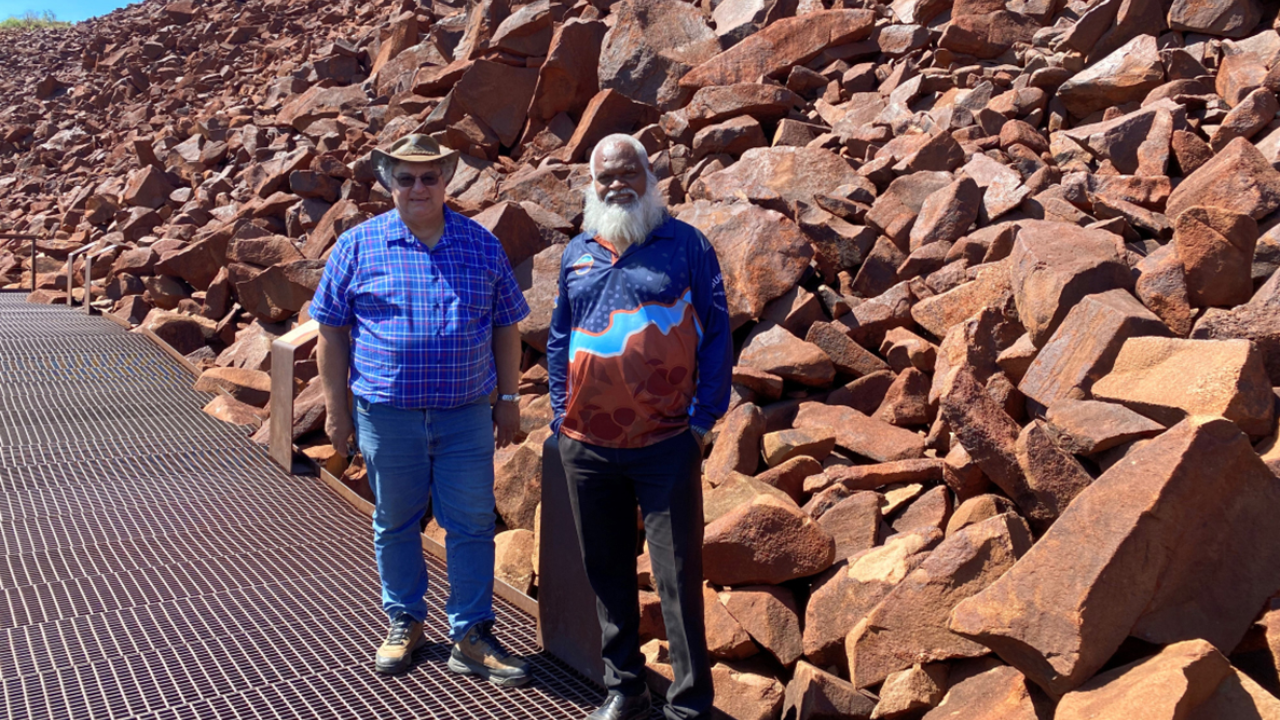
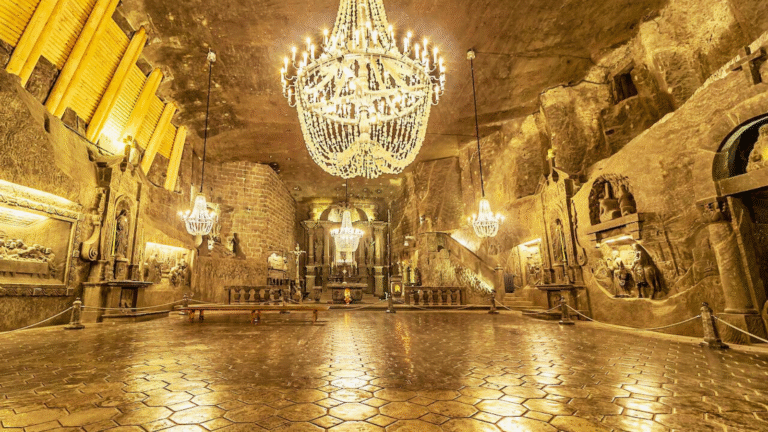
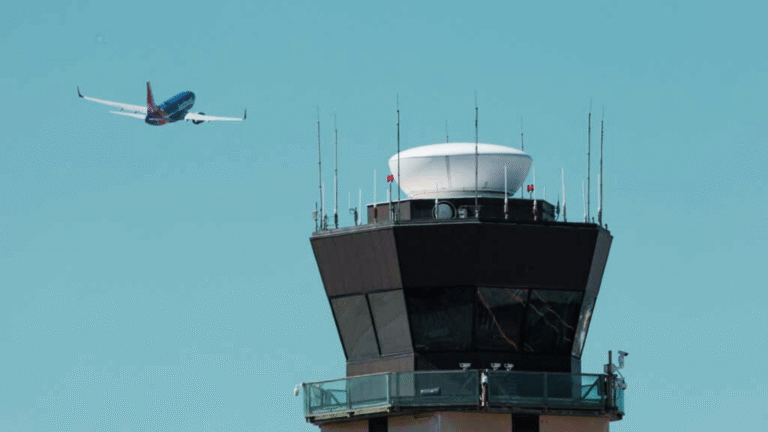
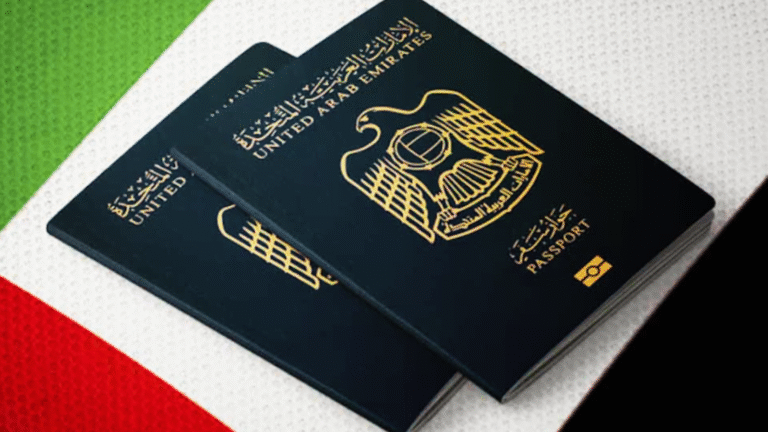


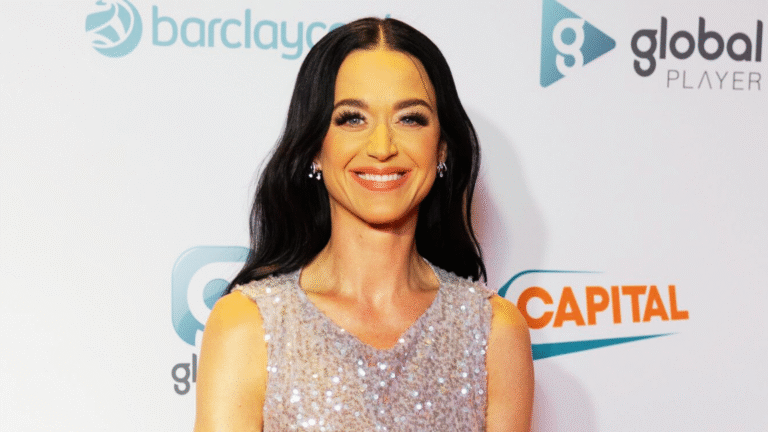

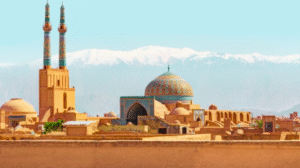
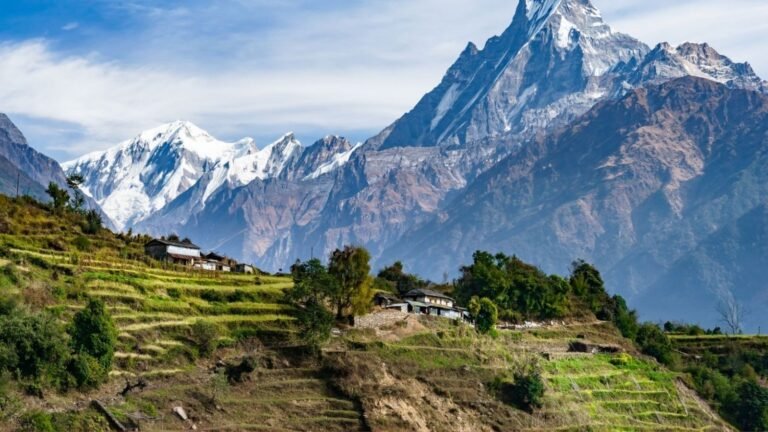
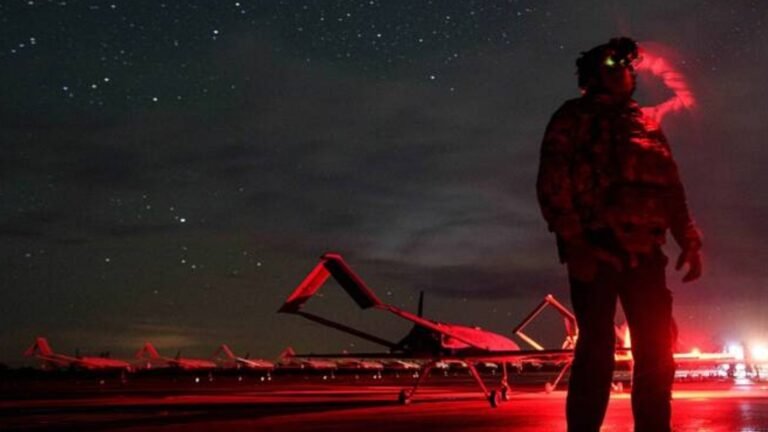
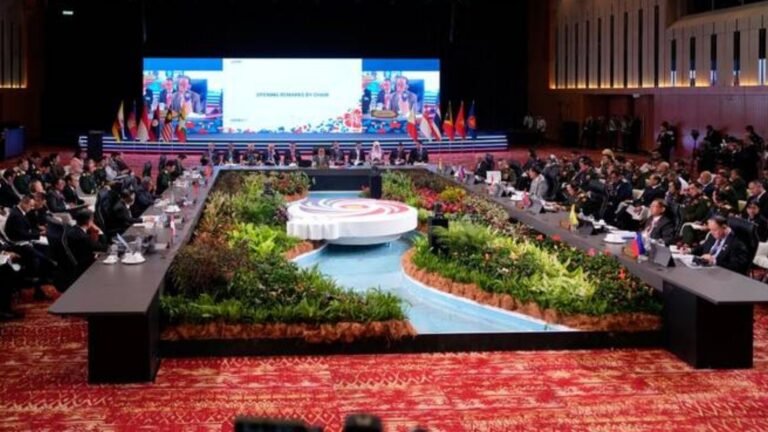
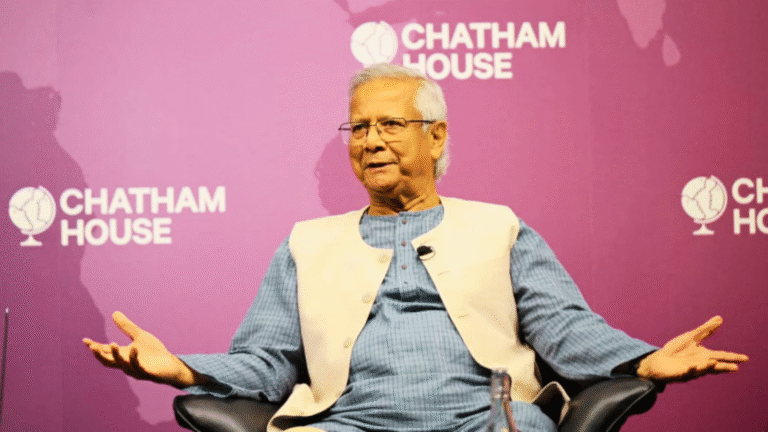
+ There are no comments
Add yours